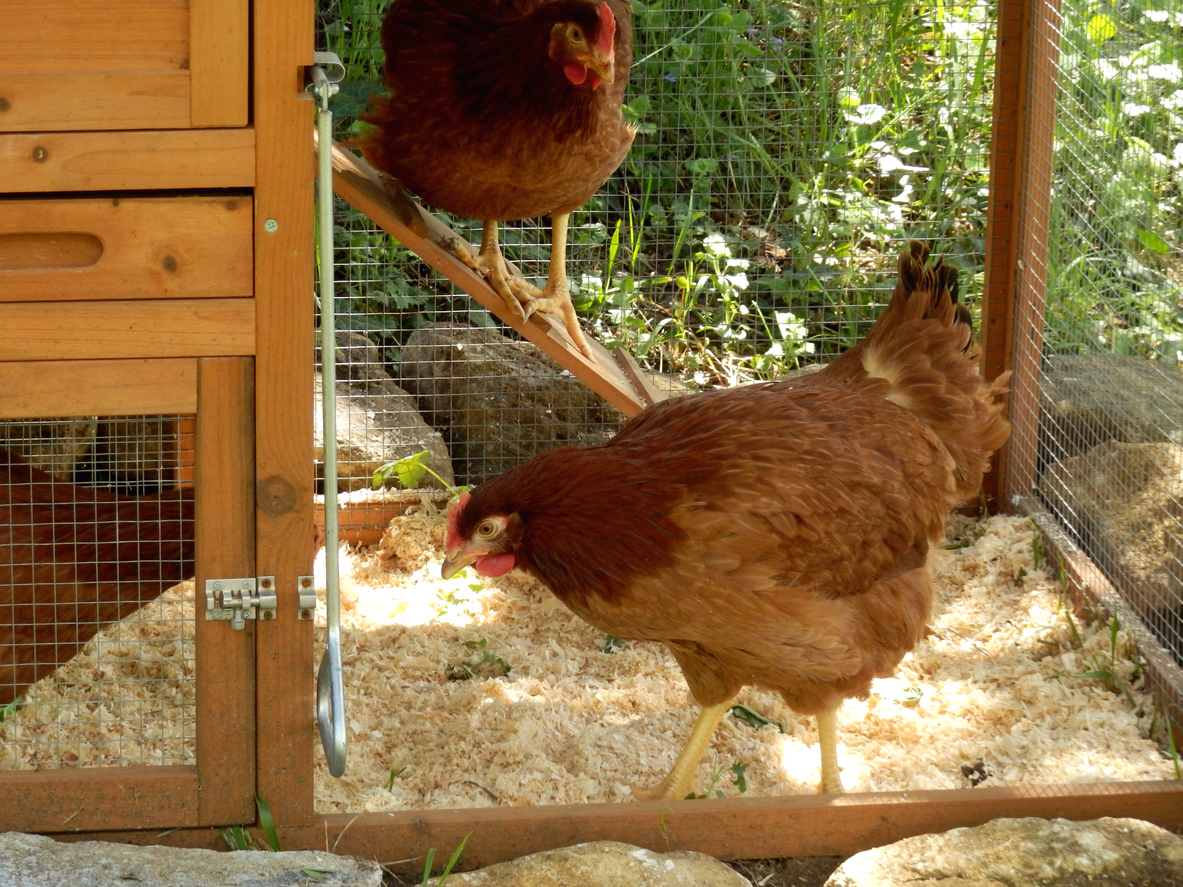Raising chickens comes with unique rewards and challenges. For many poultry enthusiasts, egg production is one of the most exciting aspects of chicken rearing. If you’ve been wondering about the best tricks to get chickens to lay eggs, you’re not alone! With a few simple techniques, you can significantly boost your hens’ productivity, ensuring they lay more eggs consistently.

Understanding Hen Biology
Before diving into the tricks to get chickens to lay eggs, it is important to understand the biological processes involved in egg production. A hen’s reproductive system is influenced by various factors, including age, breed, and environmental conditions. Typically, a hen requires about 24 to 26 hours to produce an egg. During this period, everything from nutrition to light exposure plays a crucial role.
A Hen’s Age Matters
Chickens usually start laying eggs at around six months of age. However, peak production happens between the ages of one and two years. As they age, egg production tends to decline. Thus, if you’re trying to maximize output, having a mix of hens at different life stages is beneficial.
Best Breeds for Egg Production
Not all chickens are equal when it comes to egg laying. While all chickens lay eggs, some breeds are more prolific than others. Breeds like Leghorns, Rhode Island Reds, and Sussex are renowned for their exceptional egg-laying abilities. Choosing the right breed can be one of the most effective tricks to get chickens to lay eggs effectively.
Nutrition and Its Impacts
One of the most critical aspects of egg production is nutrition. A well-balanced diet can improve the quantity and quality of the eggs your hens produce.
Supplements and Feed
Feed plays a vital role in determining a hen’s productivity. High-quality layer feed with adequate levels of protein, calcium, and minerals ensures optimal egg production. Additionally, providing scratch grains, greens, and kitchen scraps can supplement their diet. Farm fresh eggs have proven nutritional benefits that emphasize the importance of a good diet.
The Importance of Calcium
Calcium is vital for eggshell production. Providing crushed oyster shells or eggshells can be a significant trick to enhance calcium intake, ensuring that eggs are of high quality and have strong shells.
Environmental Conditions
Creating an environment conducive to egg laying is another pivotal trick in getting chickens to lay more eggs. Comfort and safety are critical.
Optimal Lighting Conditions
Hens require about 14 to 16 hours of light to maintain a consistent laying cycle. In the winter, when daylight is shorter, artificial lighting can help maintain their cycle, ensuring they continue to lay eggs.
Temperature and Ventilation
Ensuring your coop has good ventilation and maintaining a cozy temperature during colder months is essential. Extreme temperatures can stress hens, leading to reduced egg production.
Consistency in Care
Consistent care routines help reduce stress, which can lead to better productivity in hens.
Regular Health Checks
Regular health checkups ensure your birds are in optimal condition. Watch for signs of illnesses like mites or worms, which can impact laying habits.
Maintaining Clean Spaces
A clean coop is essential for healthy hens. Ensure nesting boxes are clean, dry, and free from parasites. A regular cleaning routine ensures a productive environment.
Handling Broody Hens
Broodiness, when hens want to sit on eggs to hatch them, can reduce egg production. Managing broody hens with methods like keeping them away from nests can help increase egg production.
Integrating Free-Range with Feeding
Allowing chickens to forage can improve egg quality and boost their health, reducing feed costs. Learn how to take care of a rice cooker to offer warm meals to your chickens in winter.
Seasonal Considerations
Each season brings different challenges and opportunities for egg production.
Winter Management
In winter, providing adequate lighting and warmth can ensure continued egg laying.
Summer Care
Ensuring adequate water supply and shade during hot weather reduces stress on birds and helps maintain their laying cycle.
Thoughtful Breeding Techniques
Breeding and rearing strategies greatly impact future productivity. Selecting thriving hens and roosters improves genetic diversity and laying potential.
Choosing the Right Roosters
While not necessary for egg production, including roosters can foster a healthy flock dynamic, and recessive genes may influence egg productivity.
Patience and Observation
Observing individual behaviors helps fine-tune the practices to maximize egg production. Each bird is unique, and so patterns may vary.
Keeping Records
Documenting laying patterns identifies fluctuations and factors that enhance or hinder productivity.

FAQs
Why do chickens stop laying eggs sometimes?
Various factors can cause hens to stop laying. These include stress, poor nutrition, or health issues.
What is the best breed for egg production?
Leghorns, Rhode Island Reds, and Sussex are among the top breeds for egg production.
How can I maintain egg production in winter?
To maintain egg production in winter, ensure hens have access to adequate lighting and warmth.
This article contains affiliate links. We may earn a commission at no extra cost to you.









